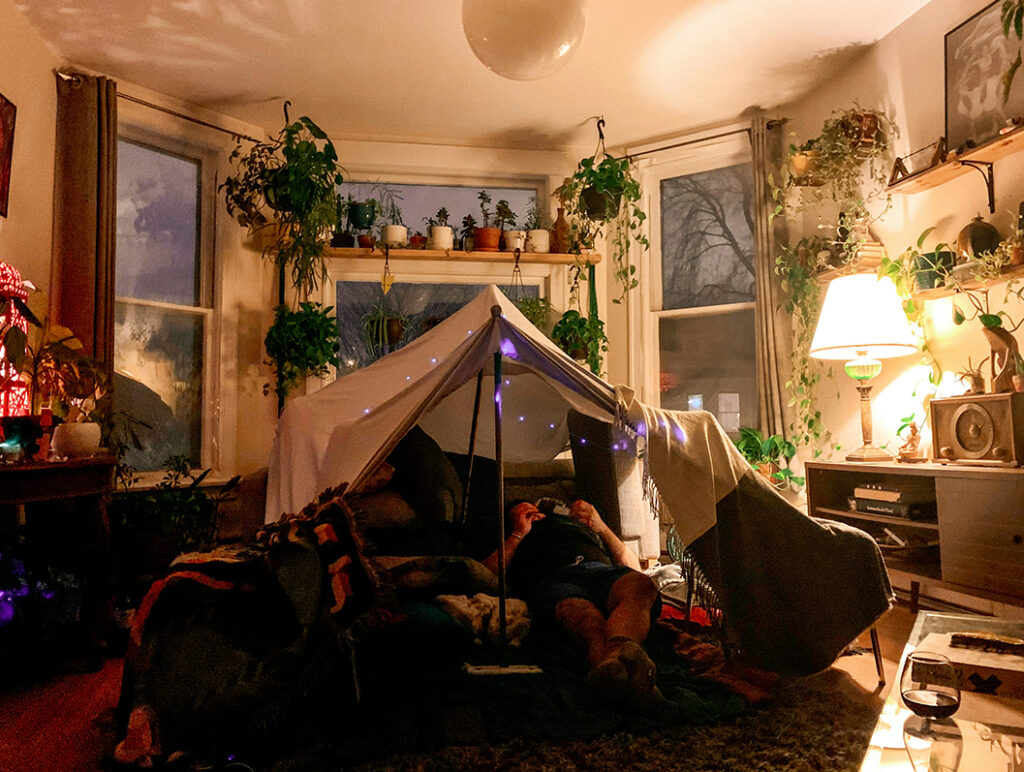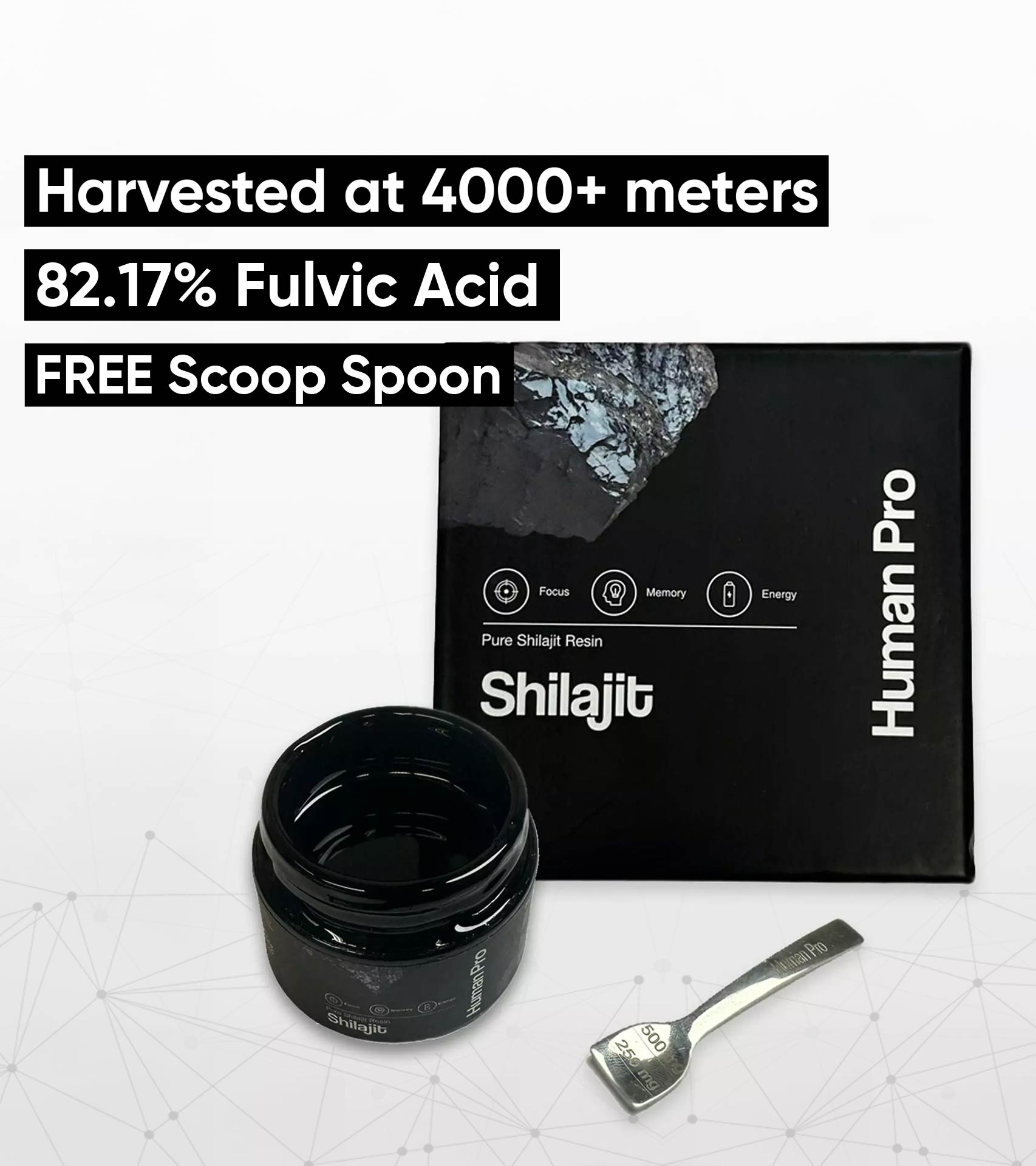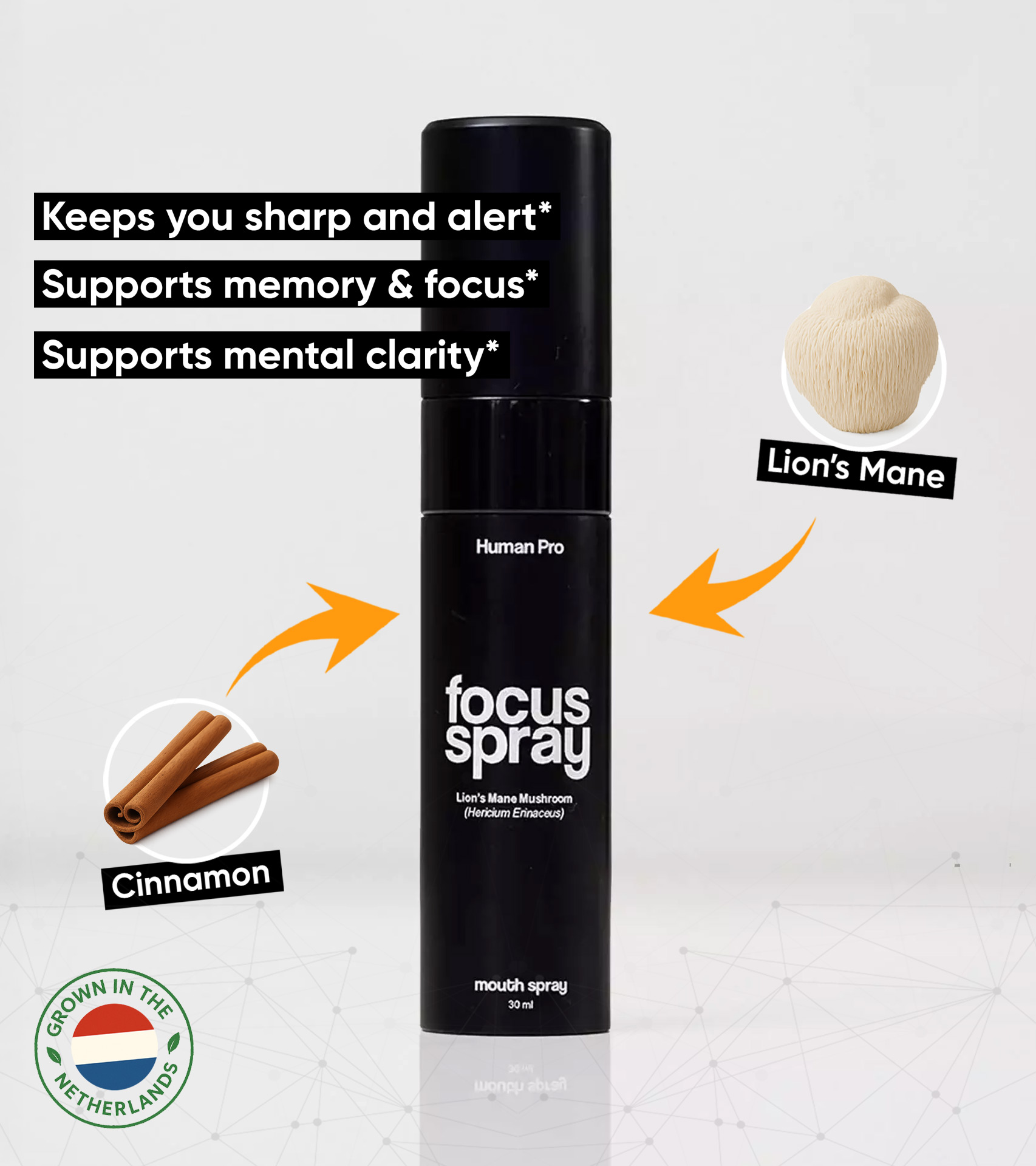The Importance of Microdosing Play
I don’t know about you, but when I talk to people about balance, they usually think about work and rest. The grind and the recharge. But there’s a missing piece: play.
The trilogy of a fulfilling life is work, rest, and play. We need all three and in the right moments. Perfect balance? That’s a myth. Life is fluid, and so are our needs. Some days, play is 5 percent; other days, it’s 50. The key is knowing when a pillar is missing and making space for it.
What Each Pillar Offers
Work is purpose in motion. It’s where challenge, creativity, and mastery meet. It builds confidence through effort and achievement.
Rest isn’t just sleep. It’s restoration through stillness, solitude, and deep recovery. It resets our nervous system and prevents burnout, fuels creativity and promotes problem solving.
Play is where joy, curiosity, and spontaneity thrive. It’s not just entertainment. True play is immersive, liberating, and based purely on curiosity.
The Lost Art: Most of Us Don’t Know How to Play
Here’s the truth: most of us have forgotten how to play.
We mistake distraction for play. Scrolling endlessly, binge-watching, numbing out. But real play? It’s something else entirely. Play is creating something for no reason at all. It doesn’t have to be beautiful, it doesn’t even need to be useful. Play is doing something new without any pressure whatsoever. Play is loose, relaxed, spontaneous, effervescent and light.
Play is presence. And presence is where the magic happens.
Balance Is a Rhythm, Not a Formula
Balance doesn’t mean equal parts. It’s not about perfectly splitting time between work, rest, and play.
It’s about knowing when one pillar is missing and shifting focus. Sometimes, deep work fuels us. Other times, rest is what we need most. And sometimes, the best thing we can do for our mental health, creativity, and relationships is to go play. Play sustains both works and rest in immeasurable ways.
Jamie Wheal’s Hedonic Calendaring: Designing a Life of Play
Jamie Wheal, in Recapture the Rapture, introduces Hedonic Calendaring—the practice of planning the entire year around skilful access to peak states. This structured approach integrates daily practices, weekly sabbaths, and deeper seasonal and annual events to ensure a balance between ecstatic experiences and grounded recovery. The goal? To promote healthy engagement with play while avoiding the binge-and-purge dynamic often seen in hedonistic exploration aka peak psychedelic experiences.
Step One: Identify Your Play Practices
List everything that sparks joy and shifts your consciousness like movement, music, meditation, adventure, creative expression, personal growth, or altered state experiences. Seeing all these in one place gives a new perspective on how you already engage with play.
Step Two: Rank with the Ecstasis Equation
Apply the Ecstasis Equation (Time x Reward / Risk) to rank each activity. A short meditation versus an extended silent retreat. A daily cold plunge versus an annual expedition. This helps determine what is sustainable versus what requires careful integration. (Time x Reward / Risk) to rank each activity. A short meditation versus an extended silent retreat. A daily cold plunge versus an annual expedition. This helps determine what is sustainable versus what requires careful integration.
Step Three: Structure Your Calendar
Sort these experiences into the right cadence:
- Daily: Foundational practices linked to natural rhythms; sunrise meditations, breathwork, or playful movement.
- Weekly: Rituals that break routine; dance nights, martial arts, or creative deep dives.
- Monthly: Peak experiences requiring intentionality; psychedelic explorations, immersive workshops, or outdoor expeditions.
- Seasonally: Transformational experiences; fasting retreats, extreme endurance events, or deep contemplative journeys.
- Annually: Identity-shifting pilgrimages; vision quests, psychedelic initiations, or immersive cultural explorations.
Step Four: Align with Cultural Milestones
Research shows we’re more likely to keep habits that are tied to cultural milestones. Use the lunar cycle for monthly rituals, solstices and equinoxes for seasonal shifts, and major holidays or personal anniversaries for deep annual resets.
This increases the likelihood of consistency while tying play to meaningful markers in time. to existing cultural milestones. Use the lunar cycle for monthly rituals, solstices and equinoxes for seasonal shifts, and major holidays or personal anniversaries for deep annual resets.
Microdosing Play: Expanding Possibility and Presence
Microdosing isn’t about escaping life. It’s about engaging with it more fully.
Many in our community say that microdosing helps quiet the mental noise, softens self-doubt, and expands curiosity. The result? More playfulness. More spontaneity. More willingness to say yes to joy.
If you’ve been feeling stuck, uninspired, or disconnected from fun, consider experimenting with microdosing alongside structured play. The synergy can be profound.
If you feel ready to start microdosing, order your Starter Pack and see where your curiosity takes you.
Play More, Live More
As Jamie Wheal reminds us, “We are most alive when we are lost in play.”
Whether play needs to be 5 percent or 50 percent of your life right now, honouring it will reconnect you with your most joyful, alive self.
Tell me, when was the last time you truly played?
As always,
Shine bright. Do good. Flow strong.
Asha ✨






0 thought on “The Importance of Microdosing Play”